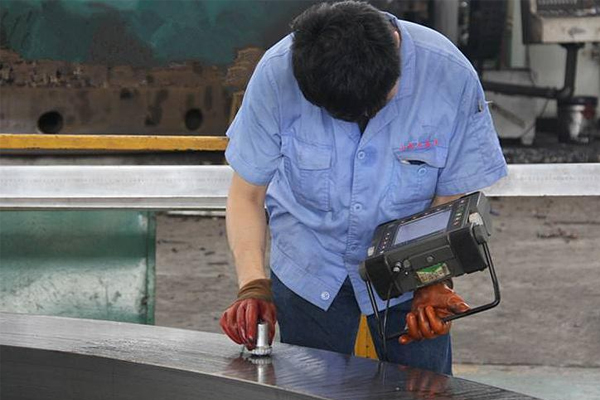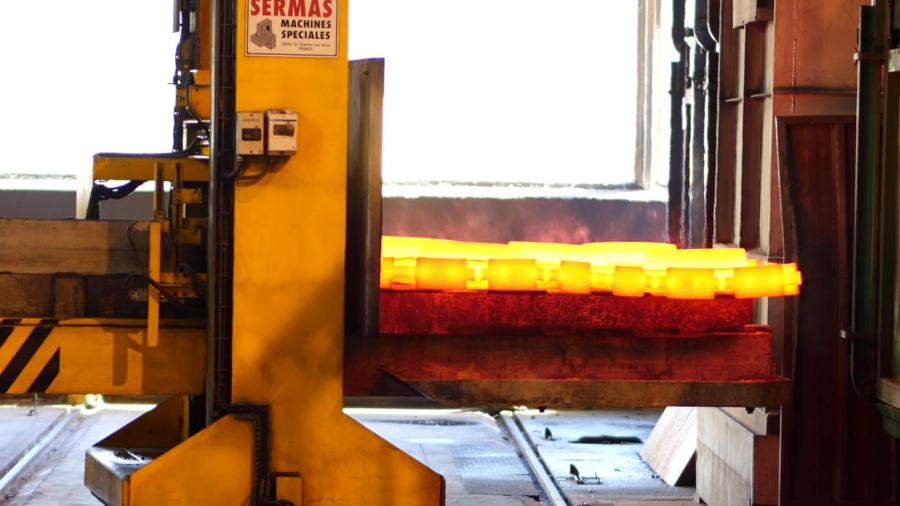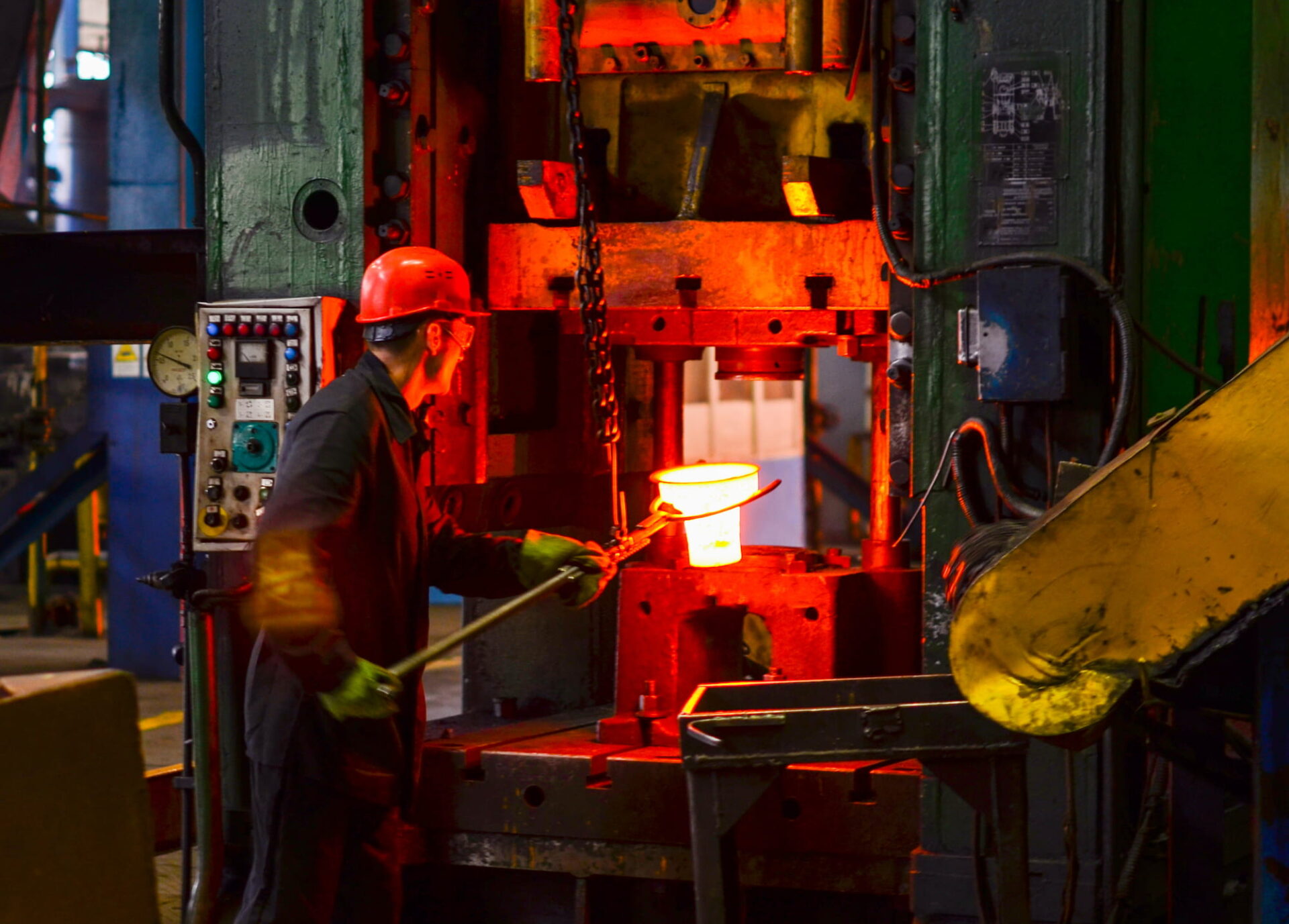
Before delving into quality control measures, let's grasp the essence of the forging process. Forging involves the application of compressive forces to shape metal into desired forms, typically using hammers, presses, or dies. It enhances the mechanical properties of metal, including strength, toughness, and fatigue resistance, making it indispensable across various industries. From aerospace components to automotive parts, the applications of forged products are diverse and crucial.
While forging offers numerous benefits, ensuring consistent quality poses significant challenges. Variations in raw materials, process parameters, and tooling can lead to deviations in the final product's properties. Moreover, defects such as cracks, laps, and inclusions can compromise the integrity of forged parts. To mitigate these challenges, comprehensive quality control measures are imperative.
Quality control begins with the inspection of raw materials. Metallurgical analysis, including chemical composition and microstructure examination, helps identify material defects and ensure conformity to specifications. Any discrepancies in material properties can lead to compromised part quality and performance.

Monitoring forging parameters such as temperature, pressure, and deformation rate is critical for maintaining consistency. Advanced sensing technologies allow real-time monitoring of these parameters, enabling prompt adjustments to optimize process conditions and prevent defects like underfill or overfill.
Proper die design is crucial for achieving desired part dimensions and minimizing defects. Regular maintenance and inspection of dies help prevent issues such as wear, distortion, or misalignment, which can adversely affect product quality. Utilizing advanced simulation tools aids in optimizing die designs for enhanced performance.
NDT techniques such as ultrasonic testing, magnetic particle inspection, and eddy current testing are employed to detect internal and surface defects without compromising the integrity of forged parts. These methods ensure thorough inspection while minimizing material waste and production downtime.
.jpg)
Implementing SPC methodologies involves monitoring and controlling the forging process through statistical analysis of process data. By establishing control limits and detecting variations in process parameters, SPC enables proactive intervention to maintain product consistency and quality.

Heat treatment plays a crucial role in enhancing the mechanical properties of forged parts. Precise control of heating and cooling processes, along with accurate temperature monitoring, ensures the desired metallurgical properties are achieved without inducing undesirable effects such as distortion or cracking.

Comprehensive inspection and testing of finished forged parts are conducted to verify dimensional accuracy, surface integrity, and mechanical properties. This often includes dimensional measurement, visual inspection, hardness testing, and mechanical testing to validate product quality before dispatch.

Quality control in forging is indispensable for ensuring the consistency and reliability of forged part production. By implementing rigorous inspection, monitoring, and testing protocols throughout the forging process, manufacturers can mitigate defects, optimize process parameters, and deliver high-quality forged components meeting stringent industry standards.
For more insights into precision forging and quality control practices, visit ferrcasting.com. Our expertise in forging technology and commitment to excellence can support your quest for superior forged solutions.